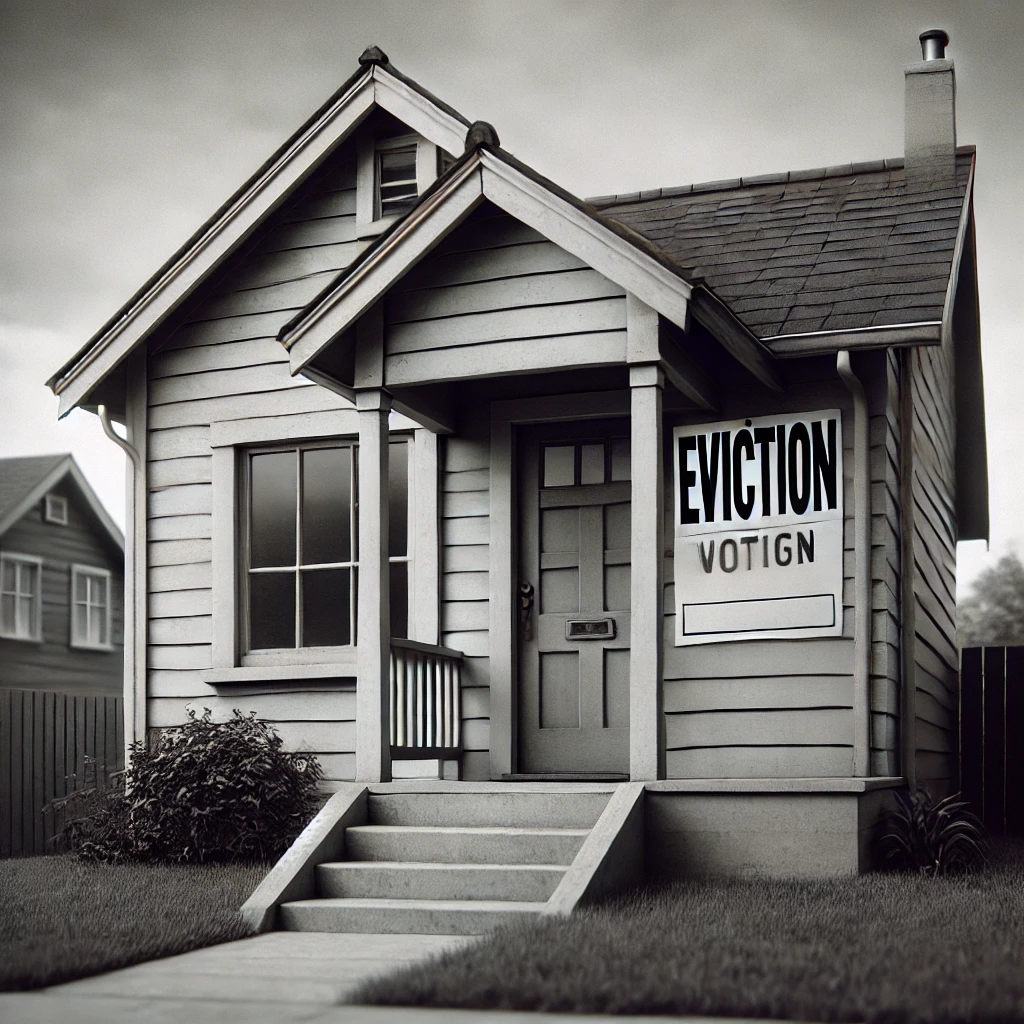A Step-by-Step Guide to the Michigan Eviction Process for Landlords
As a landlord in Michigan, navigating an eviction process is a crucial process. Not only are you seeking to reclaim the rental property, but doing it through a process is the most justifiable in terms of authority while protecting the rights of a property owner. Here’s a guide for landlords that want to know the nitty-gritty to it.
Step 1: Understand Why You Are Evicting the Tenant
The first step in the Michigan eviction process for landlords is identifying the reason for the eviction. Some of the most common reasons include:
-The tenant has not paid the rent for a month or greater period of time.
-The tenant violated their lease, including having pets when the rental prohibits them or property damage.
-Illegal activity, such as drug usage or criminal activities, have taken place within the rental home.
Knowing the reason for eviction will help the landlord take due course of action.
Step 2: Serve the Tenant a Legal Notice
The state of Michigan uses a notice to quit as the eviction process. A notice of eviction is a formal notice given to the tenant stating the violation and usually giving them a certain amount of time to cure or vacate. Types of notices one may serve include:
7-Day Notice to Quit: This usually pertains when the tenant failed in their rent payment. This gives them seven days to pay up or get off the premises
30-Day Notice to Quit: Used when there is a violation of the lease, or the landlord wants the tenant to quit and not renew the tenancy. This notice gives the tenant 30 days to comply.
24-Hour Notice: For extreme circumstances, such as illegal activities or being a potential danger to others.
The type of notice is subject to the situation so, therefore, it is vital that landlords opt for the right one.
Step 3: Wait Out the Notice Period
After a notice has been given, then landlords should wait for its no-obligation notice period to end. This time, during this notice period, a tenant can do the following;
-To pay back outstanding rents.
-Cure the violation that caused the lease violation.
-Voluntarily vacate.
Unless one of these described actions occurs, then the landlord may proceed with the following steps.
Step 4: Filing of Eviction Complaint
If the tenant does not comply, the landlord can file a formal complaint in their local Michigan court to start an eviction case. Here is where the eviction actually happens in a legal context. The complaint will explain the purpose of the eviction and why the landlord feels they are justified in the eviction process.
Once done and submitted, the tenant will be given a copy. A court date will be set as well. This is a very crucial step because it means the landlord is upholding the evictions laws of Michigan.
Step 5: Attend the Eviction Hearing
This is where the landlord gets to argue his case. This is usually by presenting evidence such as:
-The original lease.
-Proof that the rent is not paid
-Copies of the eviction notice.
-Photos or documentation of lease violation.
If the court favors the landlord, the final step after filing a Michigan eviction is an order for a writ of restitution.
Step 6: Evict the Tenant and Retake Possession
Once a case has been won, a writ of restitution is granted to the landlord, which authorizes law enforcement to remove the tenant from a rental property. This step facilitates legally regaining possession of a rental property.
Here, landlords are not wasting time on trying to fix what has been destroyed, clean the building, and prepare it for a new tenant to move into.
Common Mistakes Committed at Eviction
Eviction in Michigan could be very straight-forward if the right measures are considered by landlords. However, there are a few things that should be avoided:
Not serving the notice period or using the wrong kind of notice altogether.
Attempting to evict a tenant without approval by the court.
Failing to include proper documentation, such as a lease agreement or payment records.
Attempting to perform some form of illegal eviction, such as changing locks or cutting off utilities.
Undertaking an eviction through the legal eviction process will avoid unnecessary delays and keep the landlord in compliance with Michigan landlord-tenant laws.
How to Stop Evictions from Occurring in the Future
Evictions cannot always be avoided, but by the following, the landlord can minimize future problems with tenants:
Carefully screening tenants before signing a lease agreement.
Setting clear expectations in the lease about rent, rules, and responsibilities.
Communicating with tenants when problems arise, such as late rent or minor lease violations.
A proactive approach can save landlords time, money, and stress.
Final Thoughts on the Michigan Eviction Process for Landlords
This is a codified process about how a landlord can deal with problem tenants and protect his or her rental property. To the serving of the eviction notice all the way to an eviction hearing, there is a procedure placed in place to guarantee fairness for both the landlord and the tenant.
Understanding the process provides a land owner with ways to avoid costly mistakes while taking back one’s property efficiently.
Check out our other blogs!
Want to learn more, click here!

